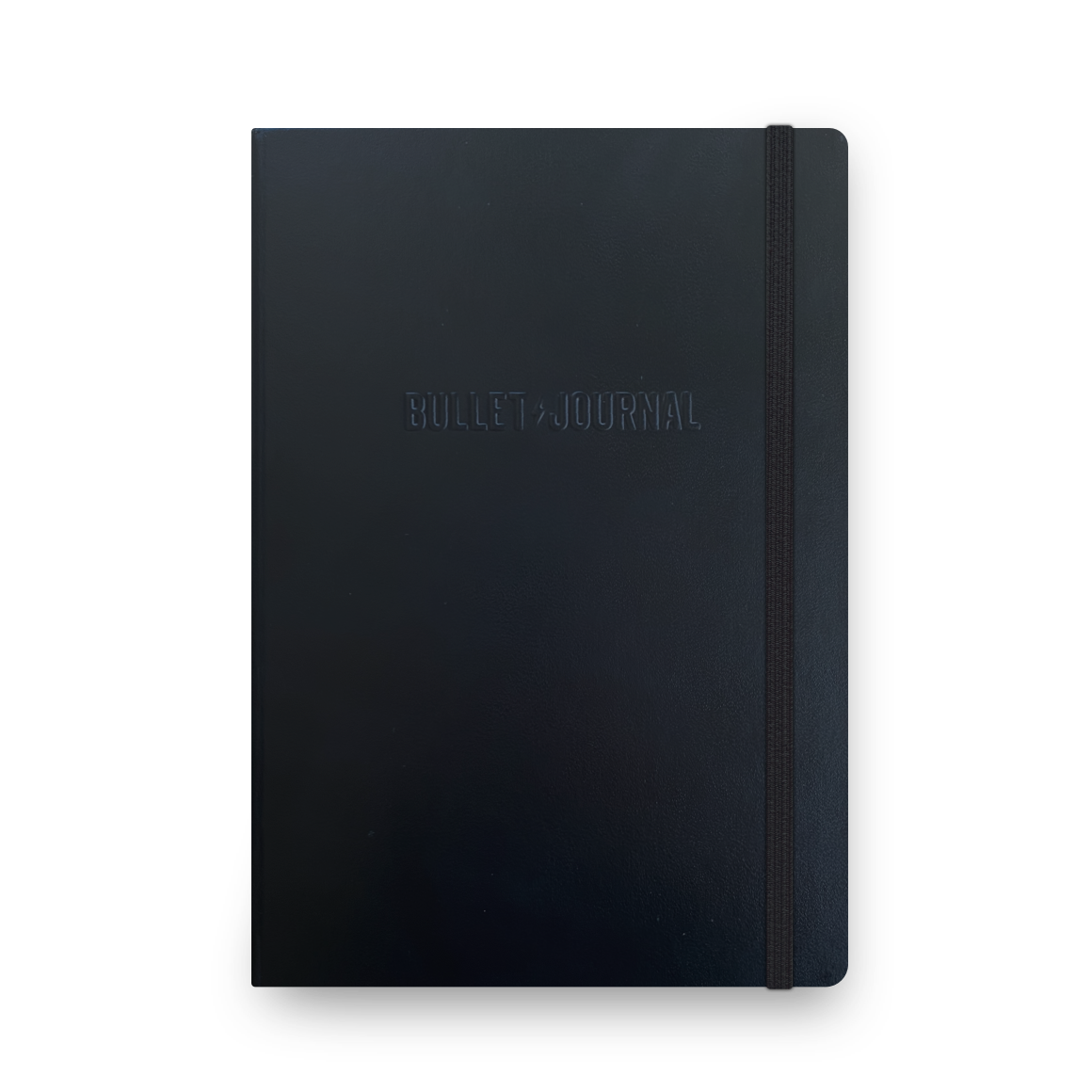Tis the season of gratitude and family, so I thought it fitting to interview the person who inspired me to first set pen to paper: my father, Jonathan Carroll. One of my favorite pictures is of us sitting at his desk when I was very young. Propped up on a stack of books, I sit next to him pecking away on his typewriter, while he’s writing one of his novels with a fountain pen into some grand notebook. Every one of his 20 published works has been crafted this way.
~
RC: Can you tell us a little bit about your writing process?
JC: When I describe my writing process to people they often think I’m nuts because it’s so backward and illogical. I begin by typing very quickly anything and everything that comes to mind as far as a plot line goes. Then I get out one of my beloved old Parker 51 fountain pens and write down what I have typed, editing while I go. Then I write it again, slowly, looking to see what I really want to keep or throw out. Finally I copy the finished story into some really beautiful notebook which I have chosen for this specific novel or collection of stories. The notebooks have come from all over– Greece, Jordan, Austria, Italy… As all handwriters know, there’s nothing more fun than searching for that great one of a kind notebook in a stationary or supplies store in some far corner of the city or the earth. At the end, I simply type up what I have written and send it to my agent.
RC: When did you realize that handwriting was a critical piece to your process?
JC: I’ve always done it. I don’t think there was an ‘ah ha!’ moment when I realized I had to see the story through the lens of my handwriting on a page. I just know that from the beginning it was an integral part of the process for me.
RC: How has that process changed over the years?
JC: Computers are dangerous for a writer because what you type looks so pretty and finished up there on that screen that you’re always tempted (or at least I am) to say ‘it’s done– send it off.’. This used to be the case with typed manuscripts, but less so because you were always having to backspace or use ‘White-Out’ to correct mistakes or make changes in a manuscript, But a computer makes it so effortless to quickly come up with what LOOKS like a finished product that it’s easy to fool yourself into believing whatever you wrote is as good as it looks. Handwriting anything makes me think hard about what I really want to keep or throw out. Because the process is generally slow, I’m thinking all the time while my hand moves across the page. While using any kind of keyboard device, my fingers are whizzing much faster than my mind can think and that is a dangerous thing if you want to write it right..
RC: You once said that your book’s not done until you’ve written it out by hand. Can you tell us more about that?
JC: So much time and care goes into hand writing a three or four hundred page manuscript that you really feel like you have given birth to something straight out of your brain. There is a blankness, an anonymity if I can put it that way, to seeing one of my stories in a pile of typed sheets or up on a computer screen. But handwritten in Iroshizuku ink on a beautiful notebook page with my favorite pen– then all of it is mine. My words, my ink, my pen.
RC:What does the process of handwriting yield that typing does not?
JC: Humanity.
RC: It seems that you’re not beholden to any type of notebook. Can you tell us about that?
JC: No. I’m a grazer in paper stores. Anywhere I go in the world one of the first things I do is seek them out, always looking for that perfect notebook or cool cheap pen that I can keep in a coat pocket and not worry too much about losing, but enjoying it for however long it chooses to live with me. I like all kinds of pens and notebooks, but I choose carefully the notebook I want to use for the finished product of any novel I write.
RC: Have you found inspiration in other people notebooks?
JC: Peter Beard’s notebooks are the most beautiful and inspiring I have ever seen.
RC: What are you favorite tools of the trade?
JC: Parker 51 fountain pens. Uniball SIGNO rollerball pens with a broad tip. Iroshizuku ink. Small notebooks of all sorts that I can slip in a pocket and use for notes while unterwegs.

